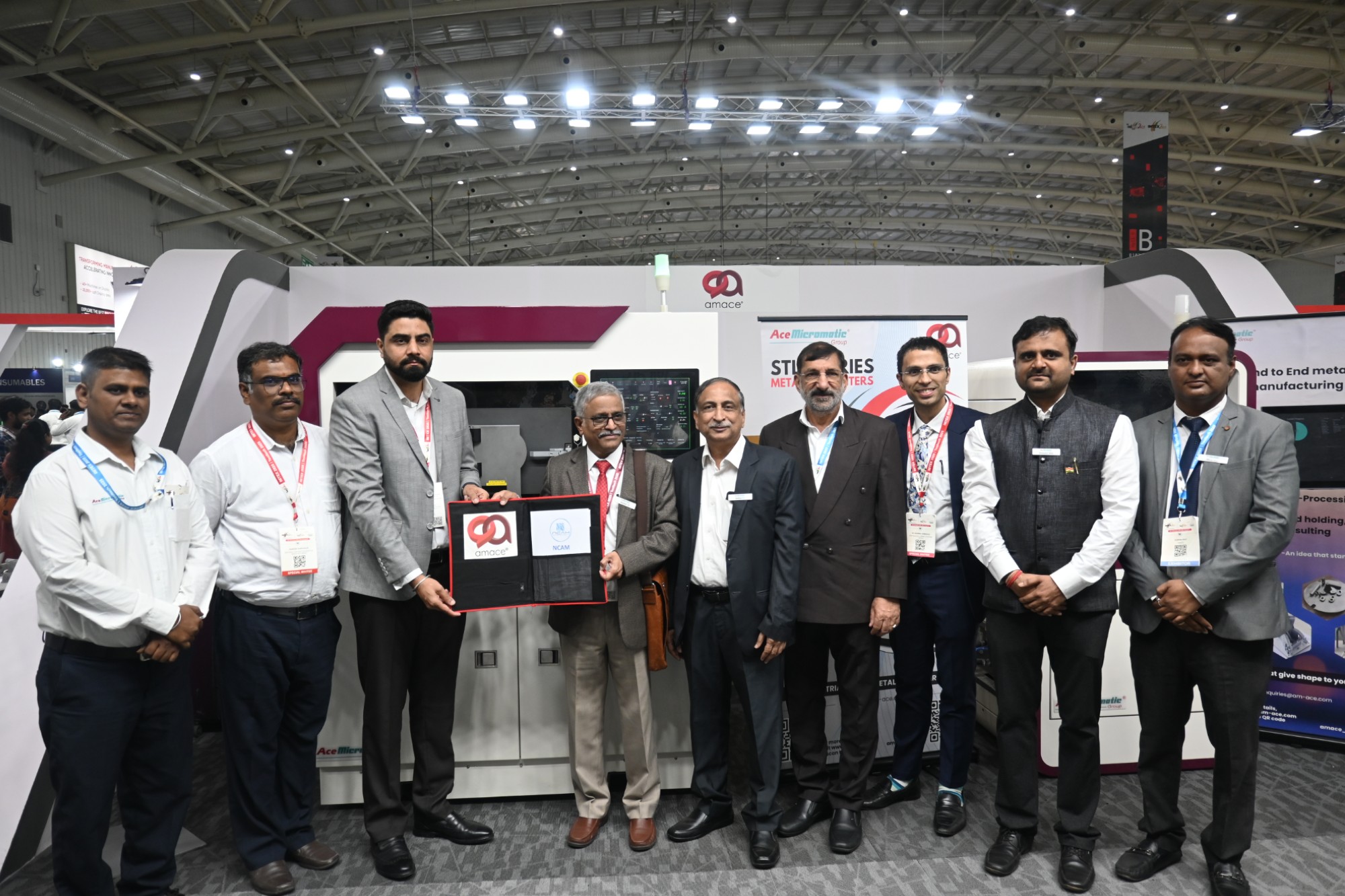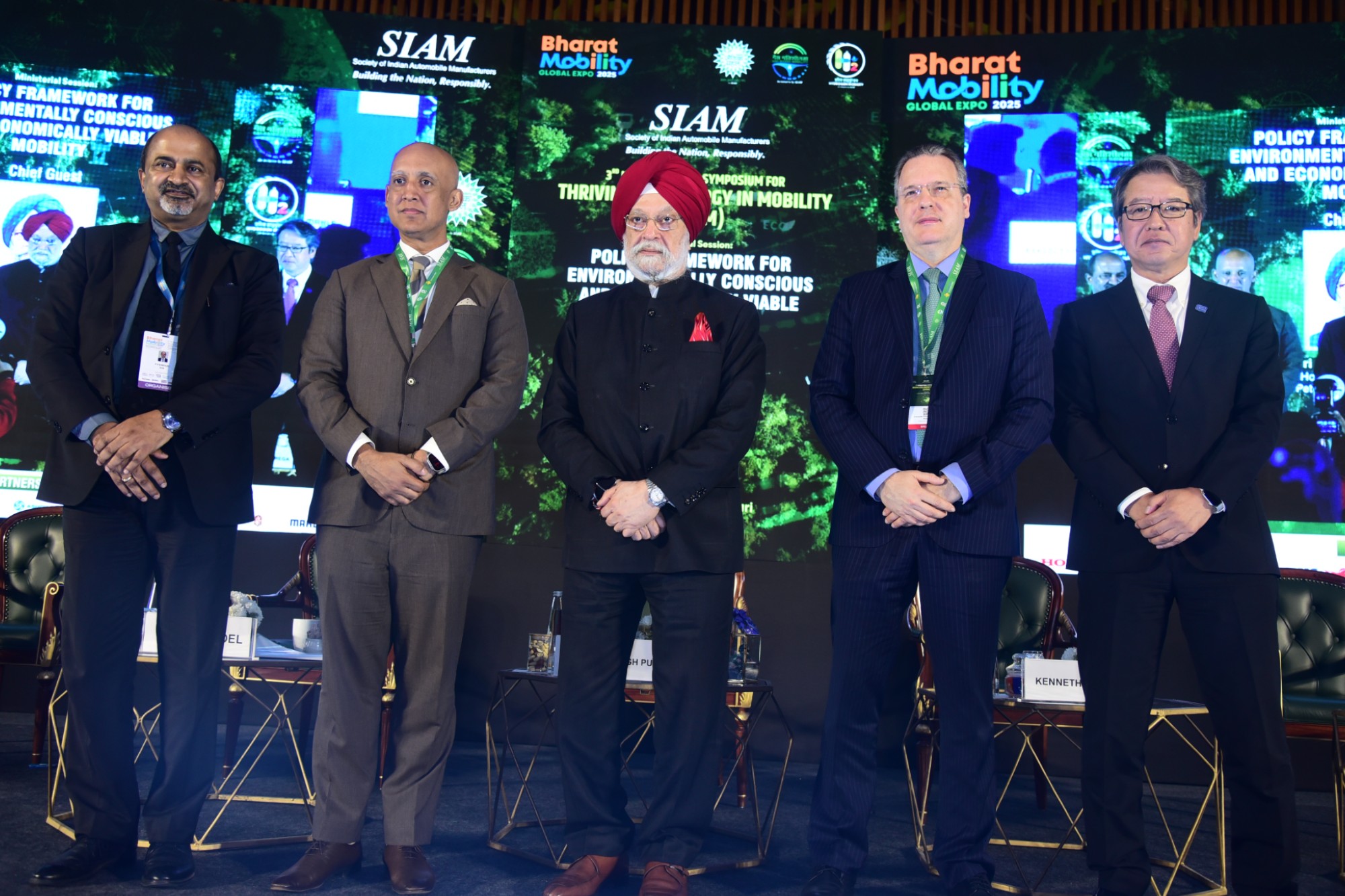Green manufacturing gains momentum
By admin June 22, 2011 5:51 am IST
National action plan on climate change brought tremendous opportunity for the Indian manufacturing companies who can exploit numerous business opportunities that are likely to arise out of climate mitigation and adaptation. According to Hari Kiran Chereddi, MD of Sujana Energy, “One such opportunity is in the area of green manufacturing technologies”.
Currently India’s manufacturing’s share of its total GDP is only 17 per cent and government aims to increase it to 25 per cent by 2020. Additionally the government plans an increase of 13 per cent increase in manufacturing growth by next year, compared to the current year’s manufacturing growth of 11 per cent. This means a paradigm shift in the country’s manufacturing sector is required and new segments need to be undertaken in a big way.
We need to harness the opportunities that are being created by new developments in the world. One such opportunity is in the area of green manufacturing technologies. There is a tremendous growth seen in the industry towards eco-friendly manufacturing. The emergence of a global carbon market and growing demands for green products and technologies have opened renewed and significant market opportunities.
Currently India has a total installed power generation capacity of 164 gigawatts (GW). The energy planners estimate generating capacity will need to expand sevenfold over the next 25 years – and that means an investment of about US$ 300 billion on new power stations.
To achieve the required energy target we need to exploit the enormous renewable energy potential as this will provide not only employment opportunities in the manufacturing sector but also align with the world’s climate change mitigation efforts.
India recently released the national action plan on climate change which commits that India per capita greenhouse gas emission will at no point exceed that of developed countries in spite of development imperatives.
This means, our main aim should be to make renewable and alternative energy mainstream. India has one of the highest potential for generation of power from renewable energy sources–wind, small hydro, biomass, and solar energy. Rapid and enduring development of these energy sources holds the key to ensuring energy security for India.
This national action plan of India have brought an golden opportunity for the Indian manufacturing companies, who can exploit numerous business opportunities that are likely to arise out of climate mitigation and adaptation. The global market for renewable energy market and low carbon technologies is estimated to amount to US$ 3 trillion by the year 2050; thus throwing a significant commercial opportunities. It is estimated that industries such as renewable energy, waste management, and water treatment is worth US$ 700 billion globally.
India is the first country in the world that had a Ministry dedicated to the development of Renewable energies i.e. the Ministry of New and renewable Energy (MNRE). This shows that India is not only keen to take the lead in responding to climate change issue but wants to lead by example.
Of the 8 national mission which form the core of India’s national action plan on climate change which is in line with the MNRE; solar energy and energy efficiency are the two pillars that have a maximum potential in the manufacturing sector.
The ultimate objective of a manufacturing firm would be to deliver a solar industry in India that is capable of delivering solar energy competitively against fossil options from Kilo watt range of solar thermal and solar PV to the Gigawatt scale of base load price and dispatch able CSP (concentrated solar power) within the next decade.
Under the energy efficiency category the most logical approach is to find new sources of illumination that are non-polluting and have long life all the while conserving power. From a manufacturing perspective the responsibility is to empower India with access to energy efficient lighting on a large scale.
The Jawaharlal Nehru National Solar Mission (JNNSM) aims to generate 22 GW by 2022 by harnessing 5,000 trillion kWh of solar energy potential in a phase wise manner. The Government plans to accomplish this with the use of appropriate technology and by developing substantial solar manufacturing capacity within the country.
JNNSM endeavours to achieve these objectives including rapid scaling up of domestic solar equipment manufacturing, consolidation and expansion of ongoing projects for various applications and promotion of local manufacturing capacity and establishment of solar technology parks or Solar Ultra Mega Power Plants (UMPP).
Cookie Consent
We use cookies to personalize your experience. By continuing to visit this website you agree to our Terms & Conditions, Privacy Policy and Cookie Policy.


















